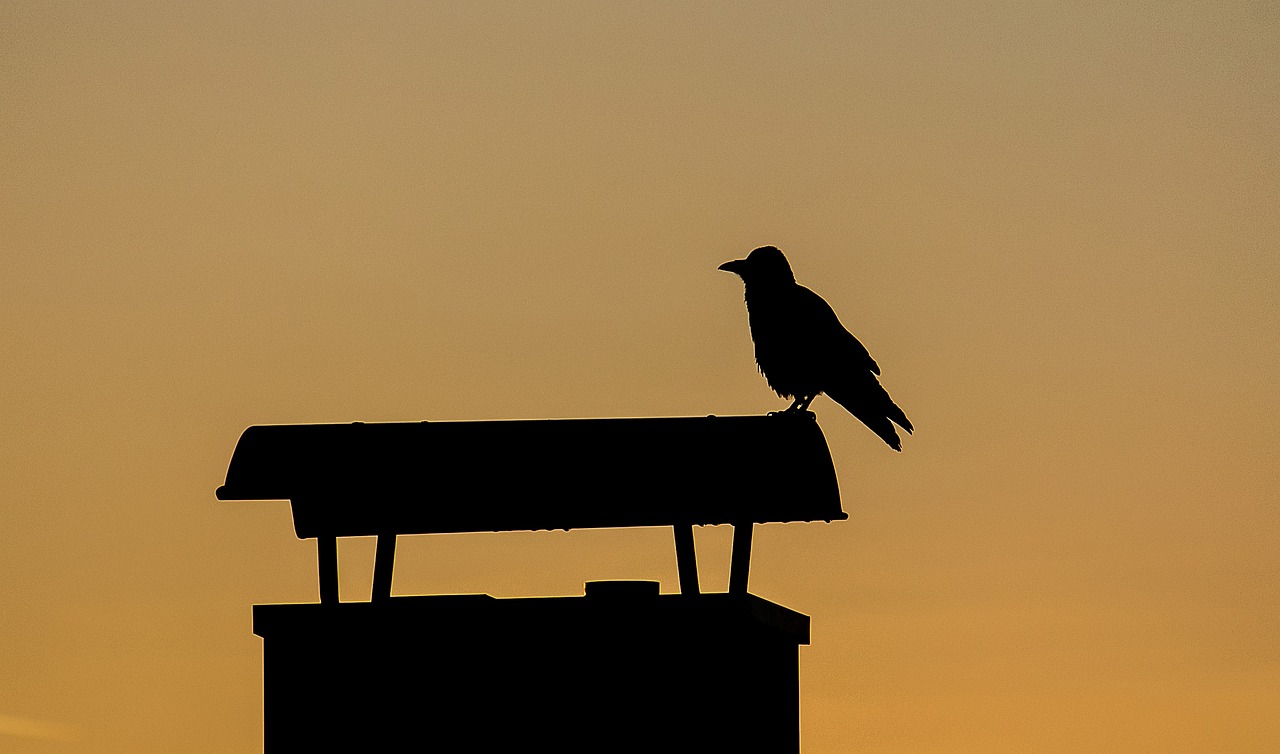Wildlife looking for an access point into your home for a warm dry place may use your chimney to den or roost. Squirrels, birds and bats are regular residents resulting in accumulated nesting materials and waste products, which can in turn be a fire hazard.
Animals falling down your open chimney, which we often see with young squirrels as they play on the roof, end up requiring removal if frantic parents aren’t able to coax them to make the climb out.
Once inside chimney voids, exploring wildlife may have access into your attic or directly into your living space. Both of which can be an unexpected, distressing experience - for both the wildlife and people affected.
What if I have something living in my chimney?
Determining the species is the first step which can be done by a wildlife professional. Should you be dealing with squirrels, rats or raccoons installing a one way door will allow them to leave and not get back in. Once exited, capping the chimney to prevent re-entry is the quickest and most effective solution.
What if an animal is stuck in my chimney or flue?
Depending on the species, a couple of options are available to remove the animal. Any animal stuck in a chimney or in the flue is already compromised or in a state of distress and so hands-off removal is the most ideal to minimize stress. For squirrels, simply lowering a long enough rope down the chimney from the outside and leaving it over night will help to encourage exiting. For bats or birds, careful removal from the fireplace within the home by a trained wildlife professional is the best option.
How do I ensure my chimney is pest-proof?
Professionals trained in wildlife management can confirm no animals are within the space before caping the site. Give our team a call to ensure your work has a warranty on re-entry.


